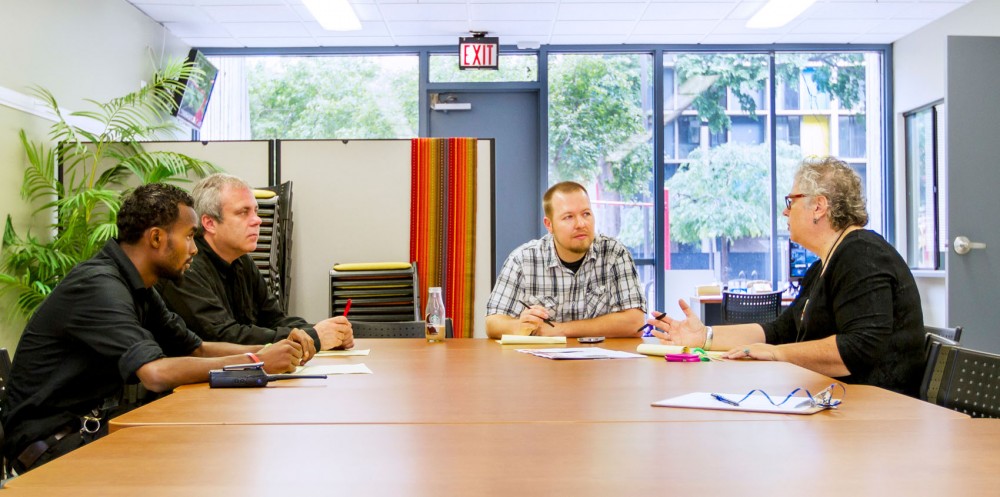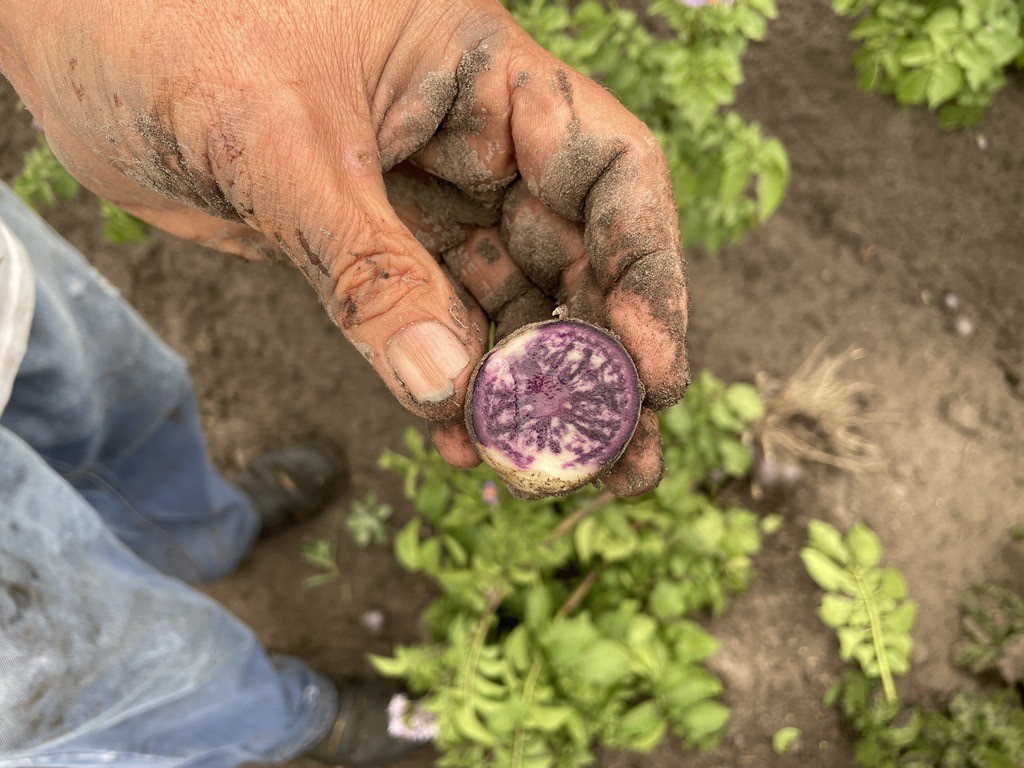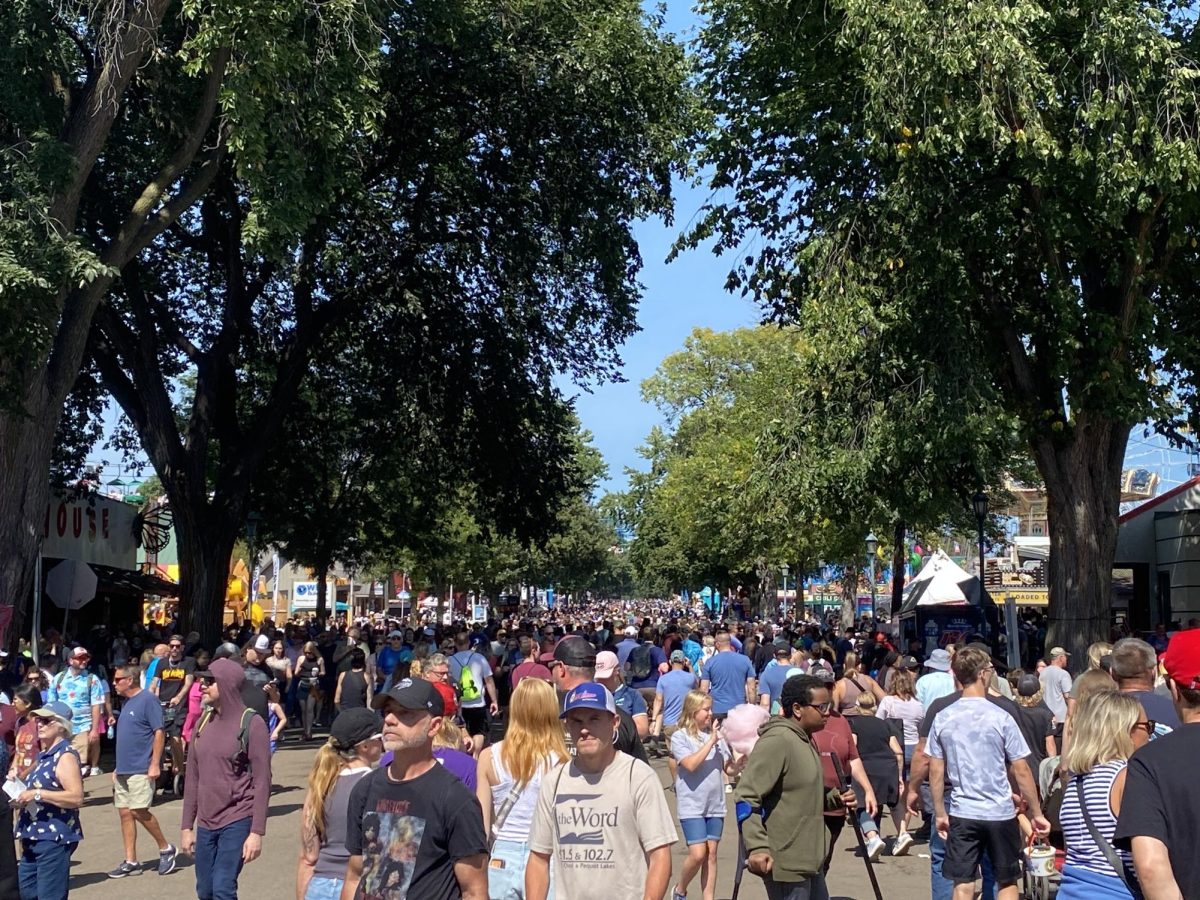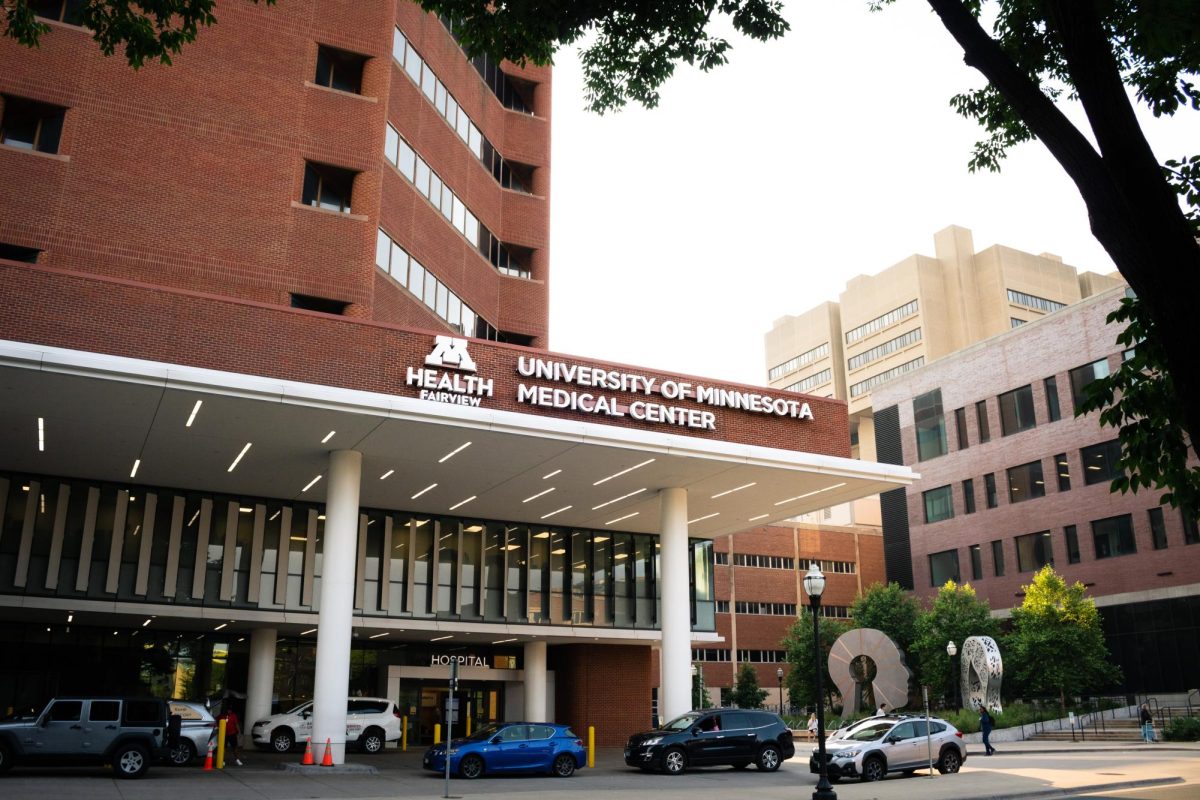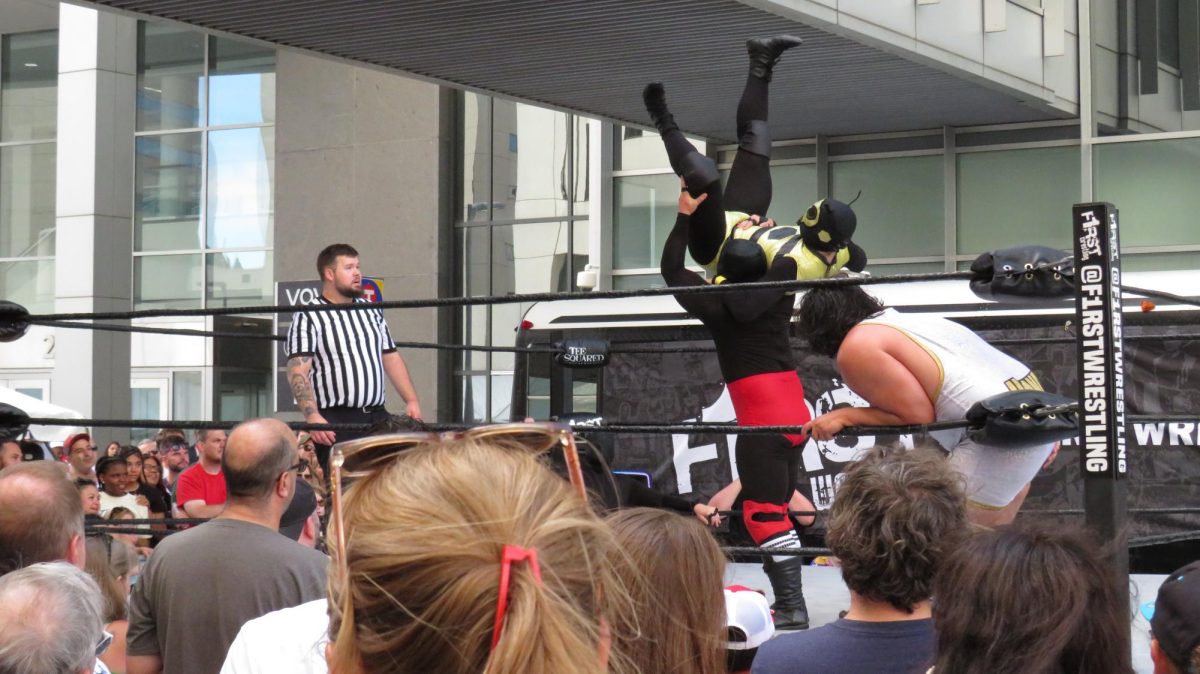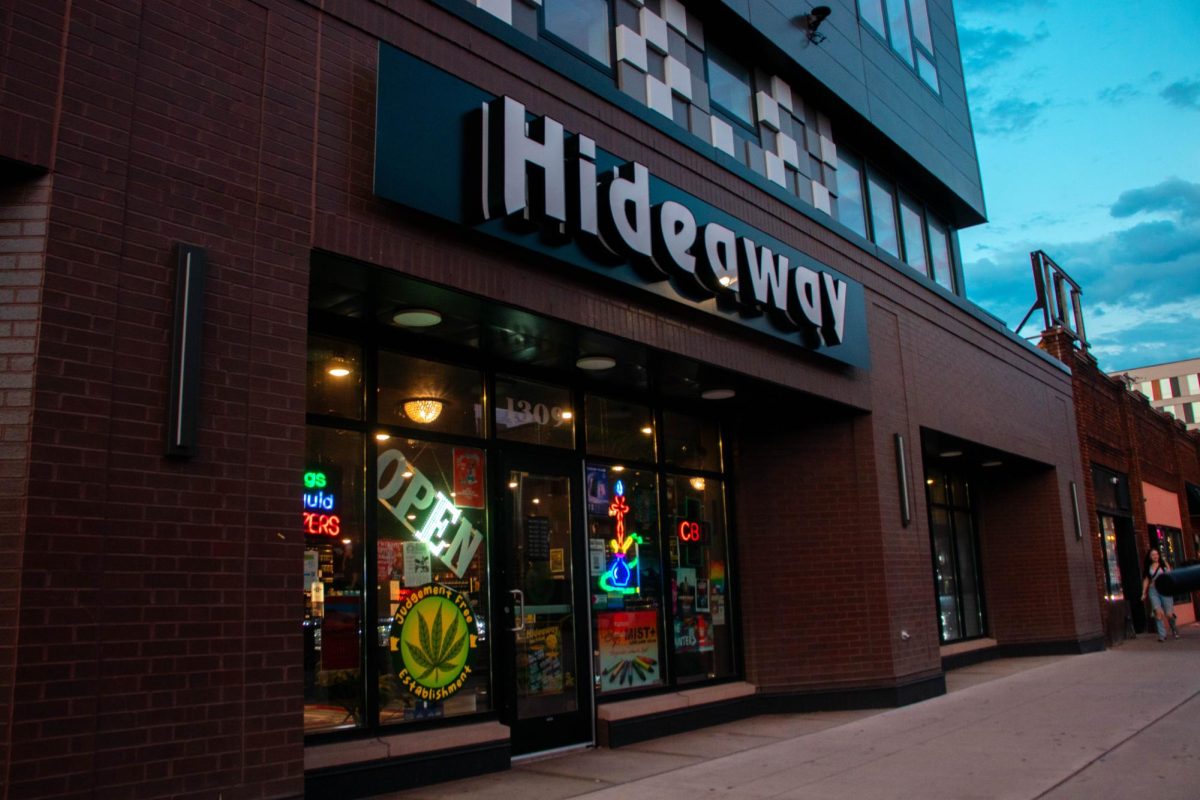Since last month’s opening of the Cedar-Riverside/West Bank Safety Center community leaders have been reaching out to diverse communities with the hope of creating a safer community.
The center, located in Riverside Plaza, opened in May as a resource to educate the community on crime prevention and safety precautions, said Carla Nielson, a crime prevention specialist with Minneapolis police.
But one of the bigger goals for the center, which is staffed by the Minneapolis Police Department, is to strengthen the relationship between police and the immigrant populations that live in the area, MPD officials said.
The Cedar-Riverside area is a predominately immigrant neighborhood and home to the largest concentration of Somali immigrants in the U.S., according to U.S. Census data.
But there is a lack of trust between some of these residents and police, Zacharia Jayalani, a former resident of Riverside Plaza who works at the Brian Coyle Center, said.
“A lot of people think that they don’t want to help or that they don’t care about residents,” he said.
Mekdes Woldegirogis, an Ethiopian immigrant and Riverside Plaza resident, said she’s been hesitant to trust police because of past experiences.
“I’ve called the police before to report crimes happening in the Plaza, and they never came,” she said. “They were no help to me.”
Minneapolis police Deputy Chief Kristine Arneson acknowledged that the immigrant community feels disenfranchised from the government and police department.
“This center is one of our first steps toward building a relationship between the police and the community,” she said.
To build their relationship with the community, Arneson and others have made sure to address the center as a neutral space that can be utilized by the community.
“It’s not ours. It’s not theirs,” Arneson said. “We’re meeting on equal ground.”
Nielson, the sole staff member at the safety center, said the neutrality of the space is meant to encourage participation.
“The center is a resource that the community should feel comfortable in,” she said.
Russom Solomon, chair of the West Bank Safety Committee, said the center will serve as a place to meet and discuss safety issues. Previously, the area didn’t have enough space for meetings, Solomon said.
Nielson said she meets with residents to answer general questions, aid in filing police reports and teach methods of crime prevention.
“She’s like a liaison working between the community and the police department,” Arneson said.
The center has been used as a meeting space for community elder councils, the West Bank Community Coalition safety committee and the Cedar Riverside Youth Council, Nielson said.
Additionally, the center plans to get youth involved through educational programs that focus on crime prevention and safety, Arneson said.
Solomon said allowing groups to hold meetings at the center will encourage residents to use the center and recognize it as a resource.
“Making the center available for them and making things happen there will draw in residents,” he said, “which is the next step in the process: getting people to participate and take ownership of the center.”


